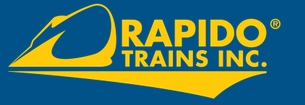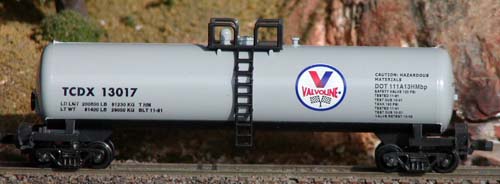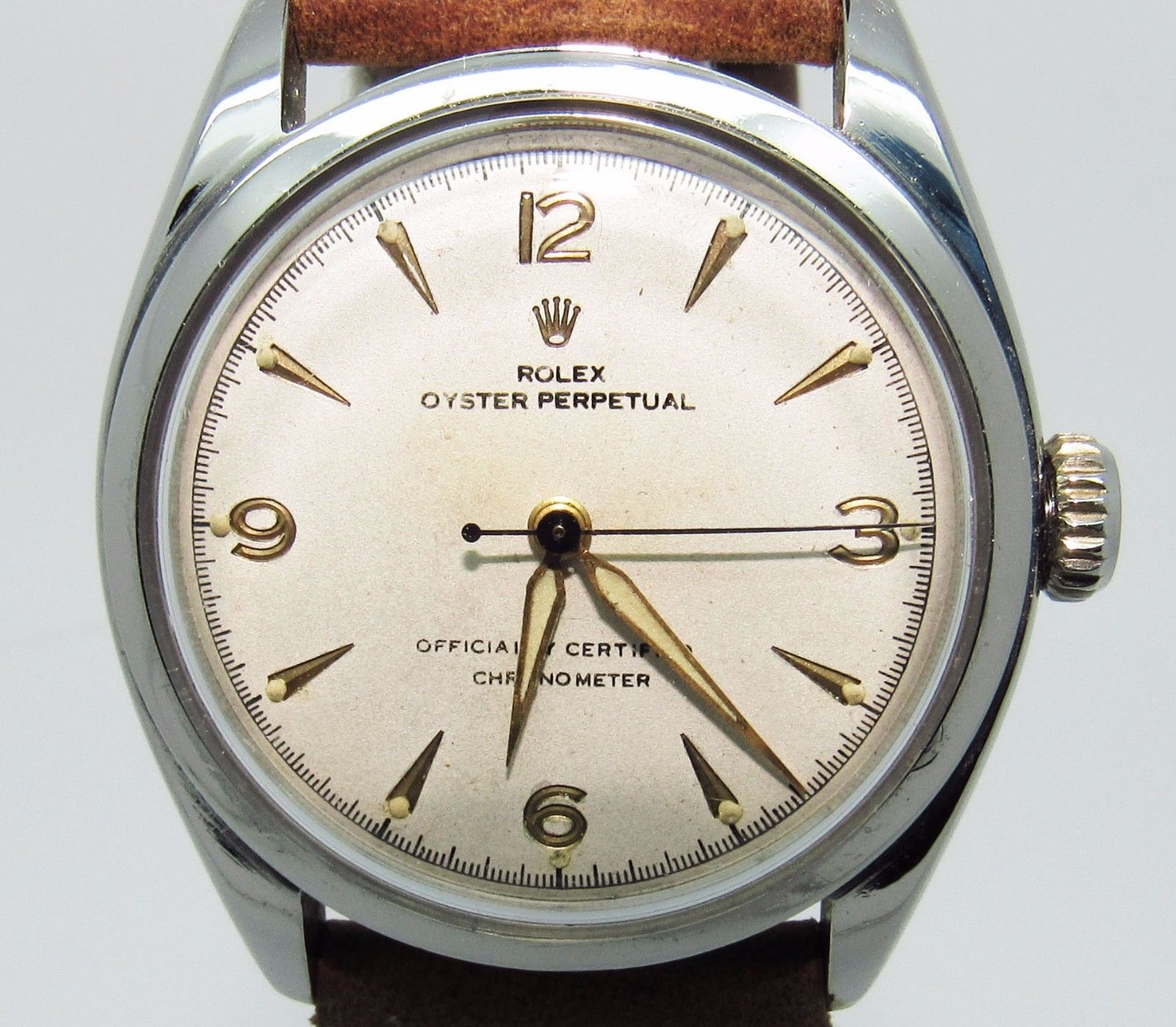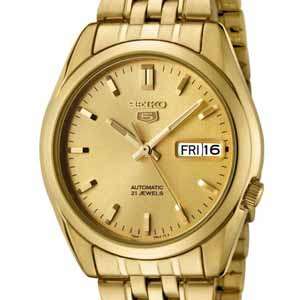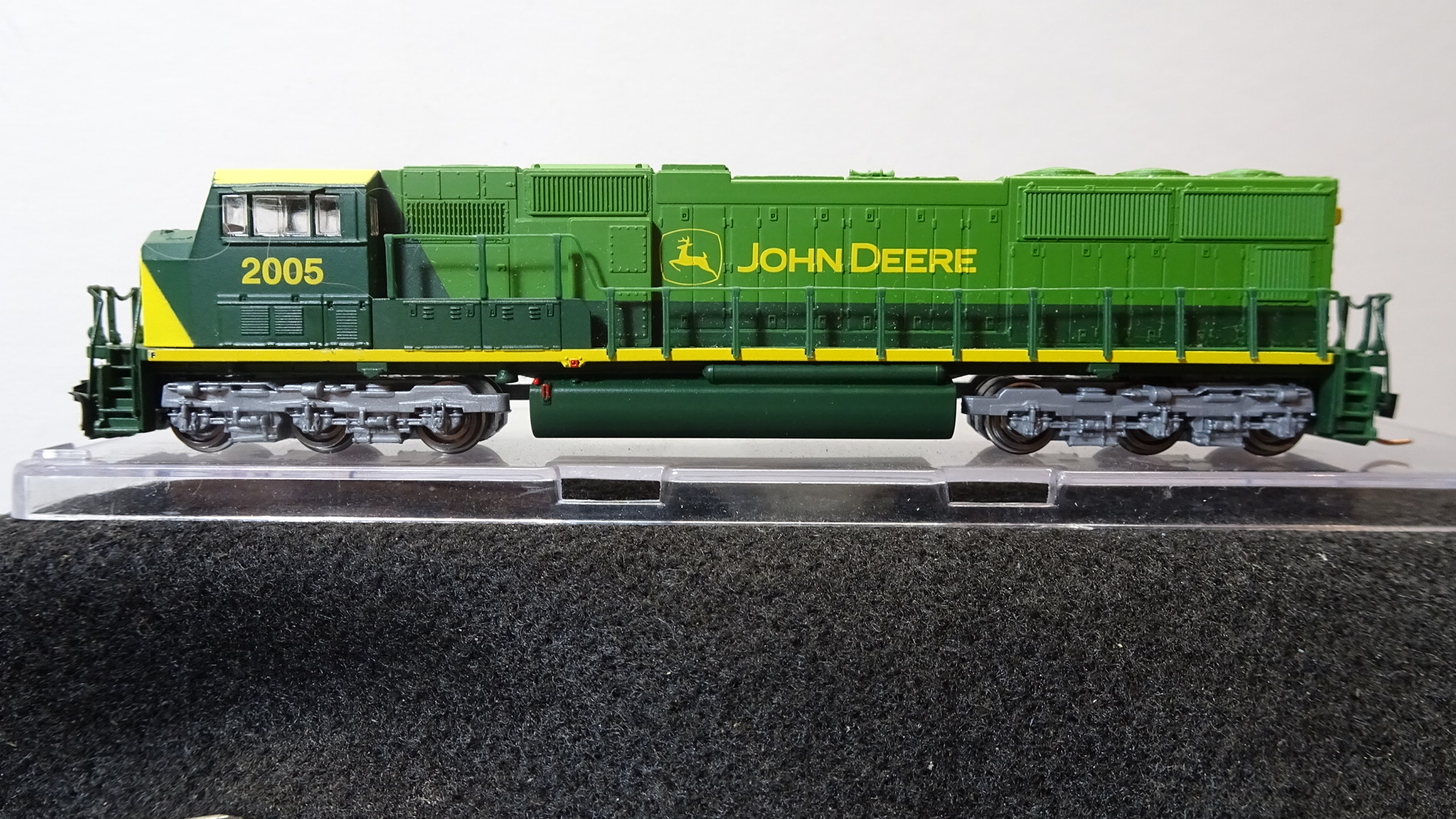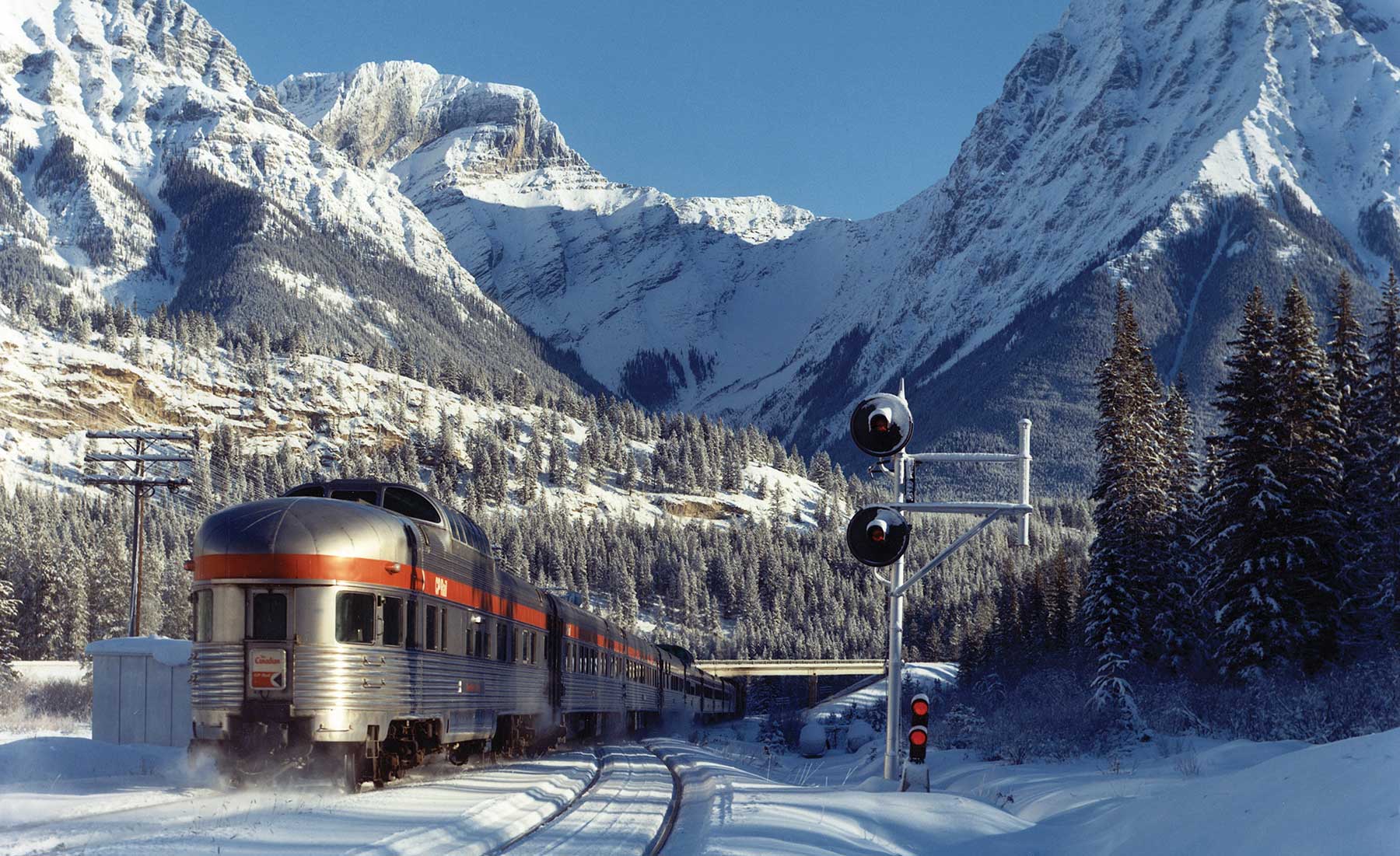Specific Item Information:
Cars are un-numbered/un-named. Includes decal sheet.
Cars are un-numbered/un-named. Includes decal sheet.
Model Information: Announced in June 2019. Contains 7 different body styles. Comes in 3 or 10-pack sets.
- Baggage-Dormitory
- Coach (set includes two)
- Skyline - Dome-Coach or Dome-Coffee Shop
- Diner
- Chateau Sleeper - 4 sections, 8 duplex roomettes, 3 bedrooms, 1 drawing room (set includes two)
- Manor Sleeper - 4 sections, 4 roomettes, 5 bedrooms, 1 compartment (set includes two)
- Park Car - Dome-Sleeper-Lounge-Observation
- Accurate Budd fluting profile
- Full interiors, including two optional Skyline interiors
- Track-powered interior lighting on DC and DCC
- Separate, etched metal grab irons and handrails
- Beautiful stainless steel finish
- Operating marker lights on all Park Cars
- Operating marker lights on all HEP enabled cars
Prototype History: In 1953, CPR placed an order for 155 stainless steel cars with Budd Company of Philadelphia that included 18 rear-end dome cars (Park series), 18 Skyline mid-train dome cars, 30 coaches, 18 dining cars and 71 sleeping cars (Manor and Château series). A subsequent order for 18 baggage-crew dormitory cars brought the final to total to 173 cars, sufficient for establishing an entirely new transcontinental service.
The Canadian was introduced by Canadian Pacific in April 1955 as its flagship transcontinental passenger train from Montreal and Toronto to Vancouver. It featured new FP9A locomotives and a consist of new stainless steel passenger cars built by Budd in Philadelphia.
The Canadian lasted with Canadian Pacific until 1978, when it was transferred to VIA Rail Canada. It continued to operate on the original Canadian Pacific routing until 1990, when it was moved to CN tracks. VIA refurbished and upgraded The Canadian to Head End Power and relaunched in 1992 under the “Silver and Blue” branding.
The train was recently upgraded again, adding “Prestige” service cars at the rear. These are Chateau Sleepers and Park Cars converted to gorgeous suites with queen-size beds and private showers. Despite suffering from poor timekeeping by “the freight railway,” The Canadian is still VIA’s flagship train. It still operates with the original Budd cars, and it still delights riders from around the world.
The Canadian could include as many as 30 cars, but is regularly between 18 and 22 cars long.
Information courtesy of Rapido Trains Inc..
About Streamlined/Lightweight passenger cars:
In the post-war period, passenger rail service boomed. In order to increase efficiency, the railroads set to replacing their old wood, steel and concrete heavyweight passenger cars with newer lightweight, streamlined cars. The new cars were made from stainless steel, aluminum and Cor-Ten steel. These cars required less motive power to pull and were cheaper to manufacture. Production was also concentrated in a few manufacturers rather than each railroad making its own. This led to standardization which further reduced costs. The new "lightweight" cars were also given "streamlined" designs to make them more visually appealing. Budd, Pullman Standard and ACF were all well known manufacturers of these cars.
The Canadian was introduced by Canadian Pacific in April 1955 as its flagship transcontinental passenger train from Montreal and Toronto to Vancouver. It featured new FP9A locomotives and a consist of new stainless steel passenger cars built by Budd in Philadelphia.
The Canadian lasted with Canadian Pacific until 1978, when it was transferred to VIA Rail Canada. It continued to operate on the original Canadian Pacific routing until 1990, when it was moved to CN tracks. VIA refurbished and upgraded The Canadian to Head End Power and relaunched in 1992 under the “Silver and Blue” branding.
The train was recently upgraded again, adding “Prestige” service cars at the rear. These are Chateau Sleepers and Park Cars converted to gorgeous suites with queen-size beds and private showers. Despite suffering from poor timekeeping by “the freight railway,” The Canadian is still VIA’s flagship train. It still operates with the original Budd cars, and it still delights riders from around the world.
The Canadian could include as many as 30 cars, but is regularly between 18 and 22 cars long.
Information courtesy of Rapido Trains Inc..
About Streamlined/Lightweight passenger cars:
In the post-war period, passenger rail service boomed. In order to increase efficiency, the railroads set to replacing their old wood, steel and concrete heavyweight passenger cars with newer lightweight, streamlined cars. The new cars were made from stainless steel, aluminum and Cor-Ten steel. These cars required less motive power to pull and were cheaper to manufacture. Production was also concentrated in a few manufacturers rather than each railroad making its own. This led to standardization which further reduced costs. The new "lightweight" cars were also given "streamlined" designs to make them more visually appealing. Budd, Pullman Standard and ACF were all well known manufacturers of these cars.
Road Name History:  Although they may be molded in color, unpainted and unlettered, undecorated products are marketed to modelers who seek to custom decorate their models for private roads and/or road and/or company names that were not commercially produced by any of the major manufacturers.
Although they may be molded in color, unpainted and unlettered, undecorated products are marketed to modelers who seek to custom decorate their models for private roads and/or road and/or company names that were not commercially produced by any of the major manufacturers.
Undecorated models are frequently also unassembled or only partially assembled and required modelers to be comfortable with glue, paint and sometimes solder in order to prepare their models for display. Materials for these models can vary but often include plastic, pewter and resin. Models may or may not come with decals or other decorations such as plastic signage, railings and ladders to enhance the appearance of the final product.

Undecorated models are frequently also unassembled or only partially assembled and required modelers to be comfortable with glue, paint and sometimes solder in order to prepare their models for display. Materials for these models can vary but often include plastic, pewter and resin. Models may or may not come with decals or other decorations such as plastic signage, railings and ladders to enhance the appearance of the final product.
Brand/Importer Information: Rapido Trains Inc. is a high-end manufacturer of model trains and accessories in HO, OO and N (North American 1:160 and British 1:148) scales. The firm's mission is to recreate the entire rail travel experience, from fully-detailed interiors and under-frames on models to fully-wired telephone poles for model railroads.
The name RAPIDO was introduced by Canadian National in 1965 to headline the railway's high-speed intercity passenger services. Until the mid-1980s, RAPIDO stood for fast schedules, frequent trains, and superb service.
Today, Rapido Trains continues the RAPIDO concept with state-of-the-art models and attention to fine detail. This company is not related to the venerable (and now defunct) German manufacturer Arnold Rapido, nor the present-day Arnold (which is owned by the United Kingdom's Hornby), Canadian based Rapido Trains was founded in 2003.
The name RAPIDO was introduced by Canadian National in 1965 to headline the railway's high-speed intercity passenger services. Until the mid-1980s, RAPIDO stood for fast schedules, frequent trains, and superb service.
Today, Rapido Trains continues the RAPIDO concept with state-of-the-art models and attention to fine detail. This company is not related to the venerable (and now defunct) German manufacturer Arnold Rapido, nor the present-day Arnold (which is owned by the United Kingdom's Hornby), Canadian based Rapido Trains was founded in 2003.
Item created by: Powderman on 2020-02-29 16:52:01
Last edited by: gdm on 2020-06-01 10:02:08
If you see errors or missing data in this entry, please feel free to log in and edit it. Anyone with a Gmail account can log in instantly.
Last edited by: gdm on 2020-06-01 10:02:08
If you see errors or missing data in this entry, please feel free to log in and edit it. Anyone with a Gmail account can log in instantly.



